Crum, WV- a town on borrowed time
As of the 2010 Census, Crum’s population was 182. The town is only an hour from Huntington and sits on the border between the southern county line of Wayne and the northern line of Mingo County and on the West Virginia side of the Tug Fork, or Tug River, which divides the Mountain State with Kentucky.
CRUM, W.Va. — As of the 2010 Census, Crum’s population was 182. The town is only an hour from Huntington and sits on the border between the southern county line of Wayne and the northern line of Mingo County and on the West Virginia side of the Tug Fork, or Tug River, which divides the Mountain State with Kentucky.
The town was one of many in the area of southern Wayne and Mingo Counties that experienced the golden era of West Virginia coal mining, and now they have lived through its decline.
The town has been hit hard in the past year, with multiple teachers at Crum’s kindergarten through 8th grade school dying due to COVID-19, and considerable flooding from the ice storms earlier this year. Combined with the already challenging aspects of being a rural community attempting to navigate to virtual school and church, residents say they have been exhausted and frustrated.
“It’s hurt our community. Our churches are active again, and they are a big part of our community,” said Victory Ramey, a teacher at Crum K-8. Her husband, who was a pastor, coach and teacher, died from COVID-19 in January.
“He was a backbone in our community,” Ramey said.
Ramey went on to say that Tolsia High School had lost two math teachers due to COVID-19 and how difficult it was for their area to keep math teachers.
“It’s been a rough year; it’s been a very rough year,” Ramey said.
Crum K-8 school is the center of Crum, and many programs that help people get by are organized by the school and any number of the five churches within earshot of the school building.
Nona Newsome, the school principal, spoke about the “blessing box,” which community members constantly restock for those with a food shortage can come and take what they need.
“People that live in the community — if they see that it’s empty, they will come and stock it. We have multiple food pantries. We just have a lot of folks here in the community that take care of things,” Newsome said.
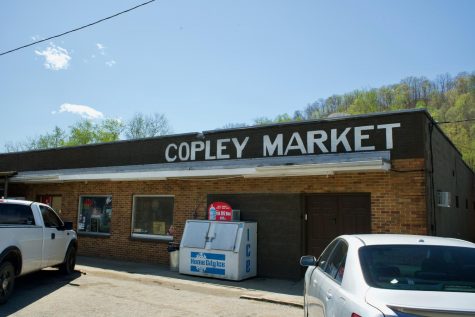
Newsome has been back in the area after graduating from Marshall University for over 20 years, and believes she is filling a need while being in the place that she calls home.
Without these community resources, towns like Crum likely wouldn’t be able to survive, as economic drivers are nearly nonexistent. There is a post office, school, churches and a market not much larger than the size of a large convenience store. This store, known as Copley’s Market, is home to the town’s only restaurant in the back, with a small table that can seat four. The same family has run Copley’s Market for over four generations.
Newsome said the transition to virtual classes has been difficult, as it has been in many rural regions throughout the state. Still, she said she was proud of the work that the educators in their community had done.
Robert Thompson is currently writing a book about the history of Crum and spoke about the town’s economic conditions.
“In Wayne County, you had two coal companies that employed about 600 people… not just that, but there have been huge economic downturns from other industrial things throughout the county and the region,” Thompson said.
Both of these mines went under between 2011 and 2015.
Thompson said most residents had been used to the cyclical “boom and bust” nature of the coal industry however something felt different this time around.
“I think people realize it’s different this time,” Thompson said.
Both Newsome and Thompson said they knew that kids in Crum would likely be forced to leave to find jobs or higher education when they reach adulthood.
Crum is hardly the exception to small towns in West Virginia. Due to their isolation geographically, they are almost entirely self-reliant, and community members depend on each other like family. These community ties keep towns like Crum functioning, even if only enough to power the essentials of school and church.
Tyler Spence can be contacted at [email protected]
Your donation will help continue the work of independent student journalism at Marshall University. If you benefit from The Parthenon's free content, please consider making a donation.



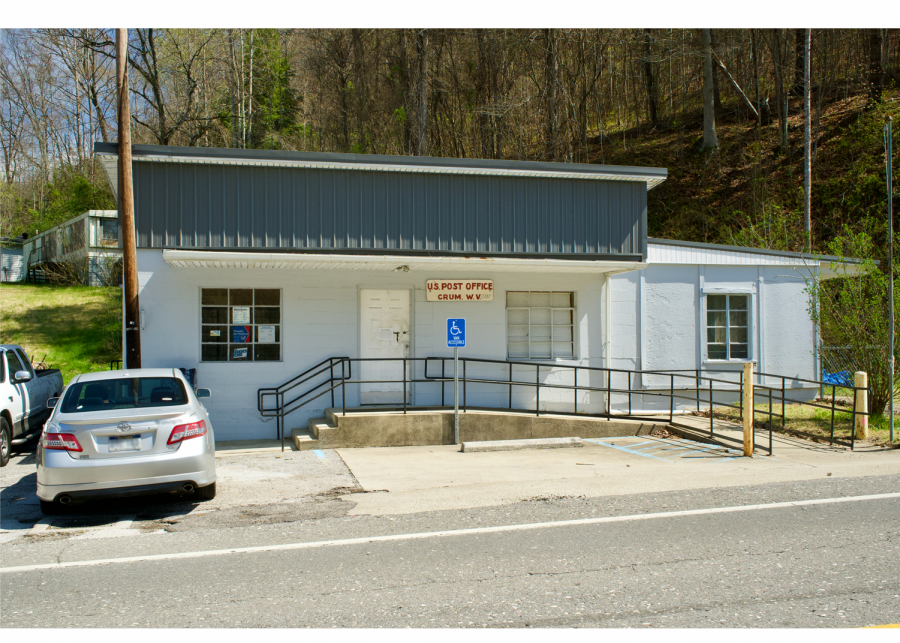


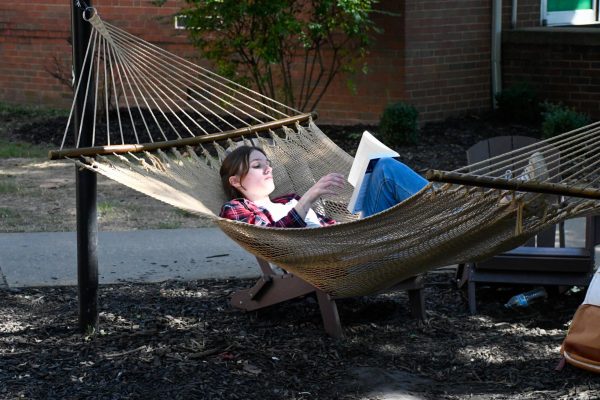

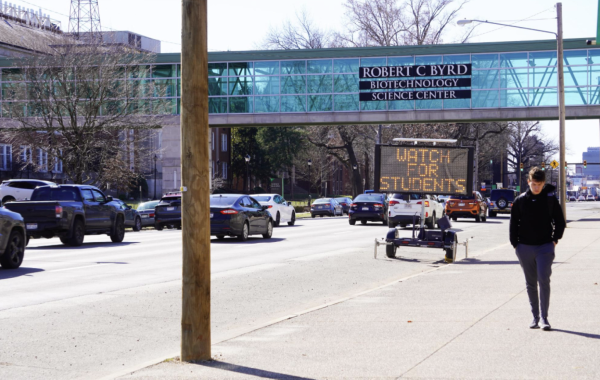

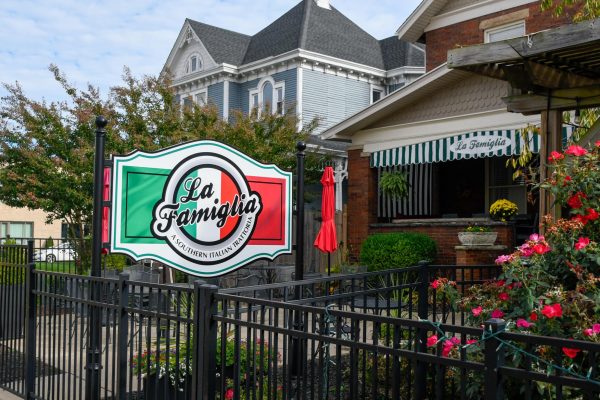

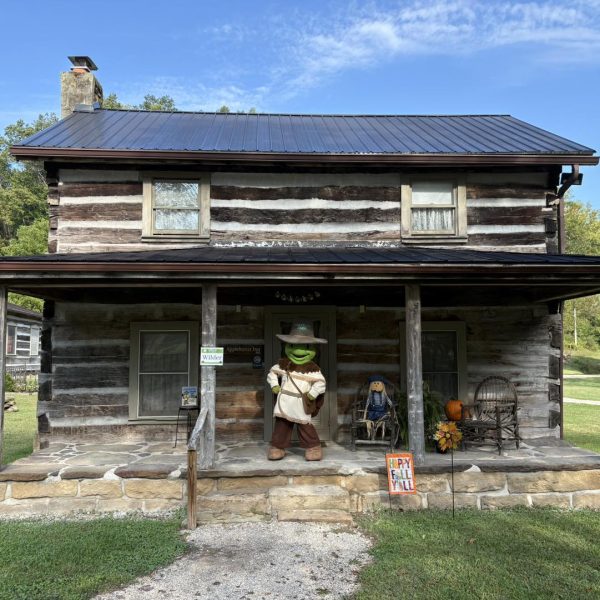
Brickton & Harley • Oct 27, 2022 at 2:40 pm
Me and my wife will be moving to crum WV here shortly as soon as my wife’s dad finds us a place to live for now ,, we currently live in Greenville ohio but she wants to come home so her dad is Rhodes estep, he is looking is going to buy a place but for now is looking for a place for us to stay on till we can buy a place …my name is brickton and her name is Harley ginger
Kathleen Corns • Sep 23, 2021 at 10:35 pm
My husband Kenny Corns was born in Crum to William Garland Corns and Erma Jane Danton in 1947.
He always talked about what it was like growing up in Crum. He was very proud of his home town. He shared a lot of good memories with me. The first place we went to on our honeymoon was Crum. We visited his aunt, walked the train track and tunnel like he had done many times We even went to the White House on the hill where they lived. He was in the Air Force and was going overseas and wanted me to see the town he loved. And a lovely town it was. We have been back a number of times. Our adult daughter remembers visiting her great aunt and walking up the mountain to her grandpa’s grave. He hated moving away after his father died in 1958. When asked where his hometown was he proudly said Crum, West Virginia. His father was the preacher at the Church of Christ and taught in the school system in Crum.
Kenny’s two sisters and their families still live in Ohio where they moved when they left Crum. His brother and family were also in Ohio. Max lost his fight with cancer a few years ago. Their mother passed from cancer in 1993. Kenny and I settled in Oklahoma
where he retired from the Air Force. But even to the end one of his favorite songs was John Denver’s Take Me Home West Virginia to the land that I love.
I know he would wish everyone in Crum peace, health and happiness.
By the way you are not the only area with the funds from the powers that be. We have the same problems with infrastructure in Eastern Oklahoma. Just keep on helping each other and doing what is right.
God bless all of you and stay safe.
Sue Estes Smith • Jun 11, 2025 at 9:00 am
My maternal grandmother was a Crum and I know I remember her talking about relatives named Corns ! Some of her half brothers were named Copley. She talked about Bull Creek – do U know where that is ?
Shirley Collins Hunter • Apr 20, 2021 at 2:24 pm
My entire family lives here. I attended Crum High School. I left the area in 1979. As it goes there was no work in the area. And it has declined even more with the passing of time. I go home as we call it, for our family reunion and funerals. It is sad to see the ravages of time on this small town. But the town will continue to exist as long as one family is still alive to keep its memories strong. I miss my old home.
Lorri Perry • Apr 19, 2021 at 8:32 am
I’m 60 and have lived in crum all my life. I grew up here and married a home town boy. We married and I moved across the street. I’ve experienced 3 historic floods. 1977,1985,and just recently 2021. Our roads rt.52 are falling in the river. Every flood takes more of the roads with it. We pay taxes just like everyone in the county and we get nothing. It’s almost like a third world country. We love our little town and we wish the county would love us back
Teri doughton • Feb 6, 2024 at 4:07 pm
I know that this is an old post, but I that you still get it. My name is Teri Doughton, my mom and dad lived right down the holler from each other , they called it crum holler. They were both born in the 30’s , my mom’s maiden name is Marcum, my dad’s last name Doughton. I grew up here in Cincinnati, but loved to go spend summers with my mom’s mom and dad. I am now 60 and my mom is 88. She has dementia, but remembers so much from her childhood, and how different it was growing up there, than what it was like growing up in a big city like Cincinnati. It makes me kinda wish I grew up back then, maybe I would not have gone through the struggles I have gone through, but at least I do have memories. I wish that everyone would get to experience what it is like to live in Crum, West Virginia
Sue Estes Smith • Jun 11, 2025 at 9:07 am
I remember my grandmother talking about Marcus from Crum WV
Her maiden name was Crum and married a Brumfield . I know I should have written things down because I would love to come explore the area now – I was probably 12 last time I was there !!
Elizabeth Baesch • Apr 17, 2021 at 8:35 am
What a lovely article. My papaw was the preacher at Church of Christ and crum for many years. And my entire family was there.Many still live in the area.Some of my best memories in life were made right in that small town.❤️
Irene Deskins • Apr 16, 2021 at 7:47 am
I have lived here for 47 years of my 58 year life. I have always been proud of my little community where everyone knew everyone. In recent years I have watched my community crumble under the weight of drug abuse. This little community has been forgotten by not only by the department of highways but also by law enforcement and our elected officials Our roads are crumbling into Tug River every time the river rises, we are forced to drive on one lane roads past these areas sometimes for years before it is repaired. Trash and litter abound and nobody seems to care. I have become ashamed of this little community that I once loved so much..
Wendy • Apr 16, 2021 at 1:26 am
What beautiful piece! It highlights the reason I moved back to West Virginia to raise my children, community. I have lived many places and I discovered the people and the sense of community in West Virginia is unique. It doesn’t exist in other places. It is something worth saving.
Greta Heeg • Apr 15, 2021 at 9:41 am
My hometown I love the people there. I moved 5yrs ago for job reasons, and now live in Forest City NC where they call it small town friendly and I tell everyone if you want to know what small town friendly is go to my hometown. All my family still live there and I come home every chance I get. You can take the girl out of the country but you can’t take the country out of the girl
Chris Roseberry • Apr 14, 2021 at 12:18 pm
Great article Tyler!